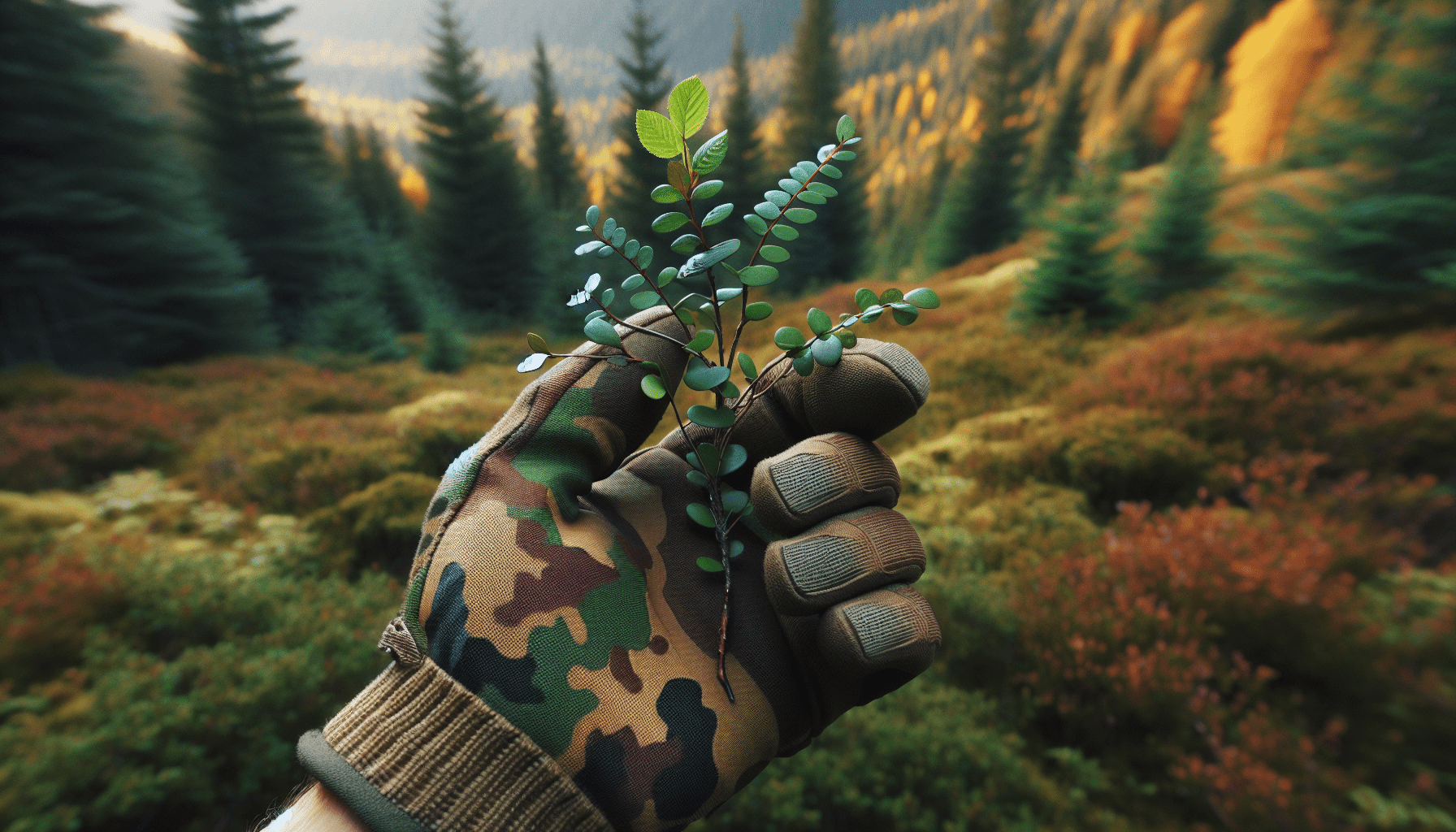Have you ever wondered what the common mistakes are when using camouflage gear? Whether you’re a seasoned outdoors person or a beginner, understanding how to effectively use your camouflage gear is crucial. Missteps can render your efforts useless, potentially cause safety concerns, and certainly diminish your overall experience.
In sharing some insights, we’ll cover various aspects that are important for you to consider when using camouflage gear. From understanding the environment to the timing of your movements, these tips aim to enhance your effectiveness and avoid pitfalls.
Understanding Your Environment
Evaluate Your Surroundings
Before you even think about putting on your camouflage gear, it is essential to evaluate your surroundings. Understanding the terrain, vegetation, and wildlife will help you choose the most effective gear for your situation.
Key Points:
- Study the landscape: Is it forested, grassy, or arid?
- Observe vegetation: Are the plants green, brown, or a mix of colors?
- Take note of wildlife patterns: Know when animals are most active.
Match Your Gear to the Environment
Choosing the right gear isn’t just about colors; it involves selecting patterns that blend with the specific textures and shades of your environment. Patterns that work well in one setting might be entirely ineffective in another.
Examples of Environments and Recommended Patterns:
Environment Recommended Pattern Dense Forest Leafy and wood-based patterns Grasslands Grass-tuft patterns Desert Sand and rock-based patterns Snowy Areas White and grey-based patterns
Proper Use of Camouflage Gear
Avoid Overcomplicating Your Setup
When preparing your camouflage gear, it can be tempting to add numerous layers and accessories. However, overdoing it can make you look unnatural and impede your movement.
Key Points:
- Use only necessary layers
- Ensure gear allows for mobility
- Avoid shiny or noisy materials
Blend with Natural Movements
One of the most common mistakes is thinking that wearing camouflage will make you invisible no matter what you do. Your movements should still mimic nature. Unnatural motion will attract attention, negating the benefits of your camouflage gear.
Important Tips:
- Move slowly and steadily
- Pause frequently, just as animals do
- Avoid rhythmic or repetitive movements
Timing and Weather Conditions
Consider the Time of Day
Different lighting conditions at different times of day can drastically impact the effectiveness of your camouflage gear. Shadows, sunlight, and even moonlight affect how you blend in.
Key Tips:
- Early morning and late afternoon provide strong shadows
- Midday light is harsh; adjust to avoid standing out
- Nighttime requires attention to moonlight and other light sources
Adapt to Weather Changes
Weather conditions can transform any environment, changing the effectiveness of your camouflage gear. Rain, fog, snow, and changing light conditions are all factors to consider when preparing.
Weather Adaptation Tips:
- Use rain covers that match your environment
- Adjust for snow by incorporating light-colored gear
- Wear breathable materials to deal with humidity and heat
Equipment Maintenance
Regular Inspections
Regularly inspect your gear to ensure it remains effective. Any damage can compromise your ability to blend in effectively.
Check for:
- Tears and wear on fabric
- Fading colors
- Loose parts that make noise or create shiny spots
Keep It Clean
Dirt and grime might seem like they could enhance your camouflage, but they can actually compromise the effectiveness of your gear. Keep it clean and odor-free to maximize its efficacy.
Cleaning Tips:
- Use scent-free detergents
- Air dry to avoid shrinkage or damage
- Store properly to avoid mildew and decay
Advanced Techniques
Utilize Natural Cover
Even with the best gear, nothing beats using natural cover effectively. Blending into the natural environment by using leaves, branches, and other elements can drastically improve your camouflage.
Advanced Tips:
- Create a small natural hideout
- Use foliage to break up your outline
- Choose spots that already look undisturbed
The Art of Disguise
Sometimes the best camouflage is not looking like yourself at all. Ghillie suits, face paint, and other advanced techniques can be employed to attain a higher level of stealth.
Advanced Techniques:
- Utilize ghillie suits for high concealment
- Employ face paint to cover exposed skin
- Break up your silhouette by adding natural elements to your gear
Behavioral Adjustments
Minimize Noise
Being quiet is as essential as being visually undetectable when using camouflage gear. Unnecessary noise can give away your position even if you are perfectly hidden.
Noise Reduction Tips:
- Use soft materials for clothing and gear
- Avoid stepping on dry leaves or twigs
- Silence any jangling equipment
Control Your Scent
Human scent can alert wildlife to your presence long before they see or hear you. Using scent blockers and paying attention to wind direction can help you remain undetected.
Scent Control Tips:
- Use scent-eliminating sprays and detergents
- Pay attention to wind direction
- Store gear in scent-free containers
Situational Awareness
Know Your Exit Routes
Always be aware of your surroundings, not just for effective camouflage but also for safety. Knowing your exit routes in case of emergency is essential.
Important Considerations:
- Identify multiple exit points
- Keep your path clear of obstacles
- Plan for worst-case scenarios
Maintain Communication
If you’re part of a group, effective communication is key. Although you may be visually hidden, keeping in touch with your teammates is crucial for safety and coordination.
Communication Tips:
- Use hand signals
- Establish a check-in protocol
- Employ quiet, code-based communication methods
Conclusion
In sum, using camouflage gear effectively involves more than just donning some patterned clothing. It requires an understanding of the environment, careful use of gear, timing, and behavior, among other factors. By avoiding the common mistakes outlined in this article and employing the provided tips, you’ll enhance your effectiveness and make the most out of your outdoor experiences.
By taking these factors into consideration, you significantly reduce the chances of compromising your camouflage efforts, ensuring a more successful and enjoyable excursion. So, next time you prepare your camouflage gear, you’ll be well-informed to make the best decisions.

